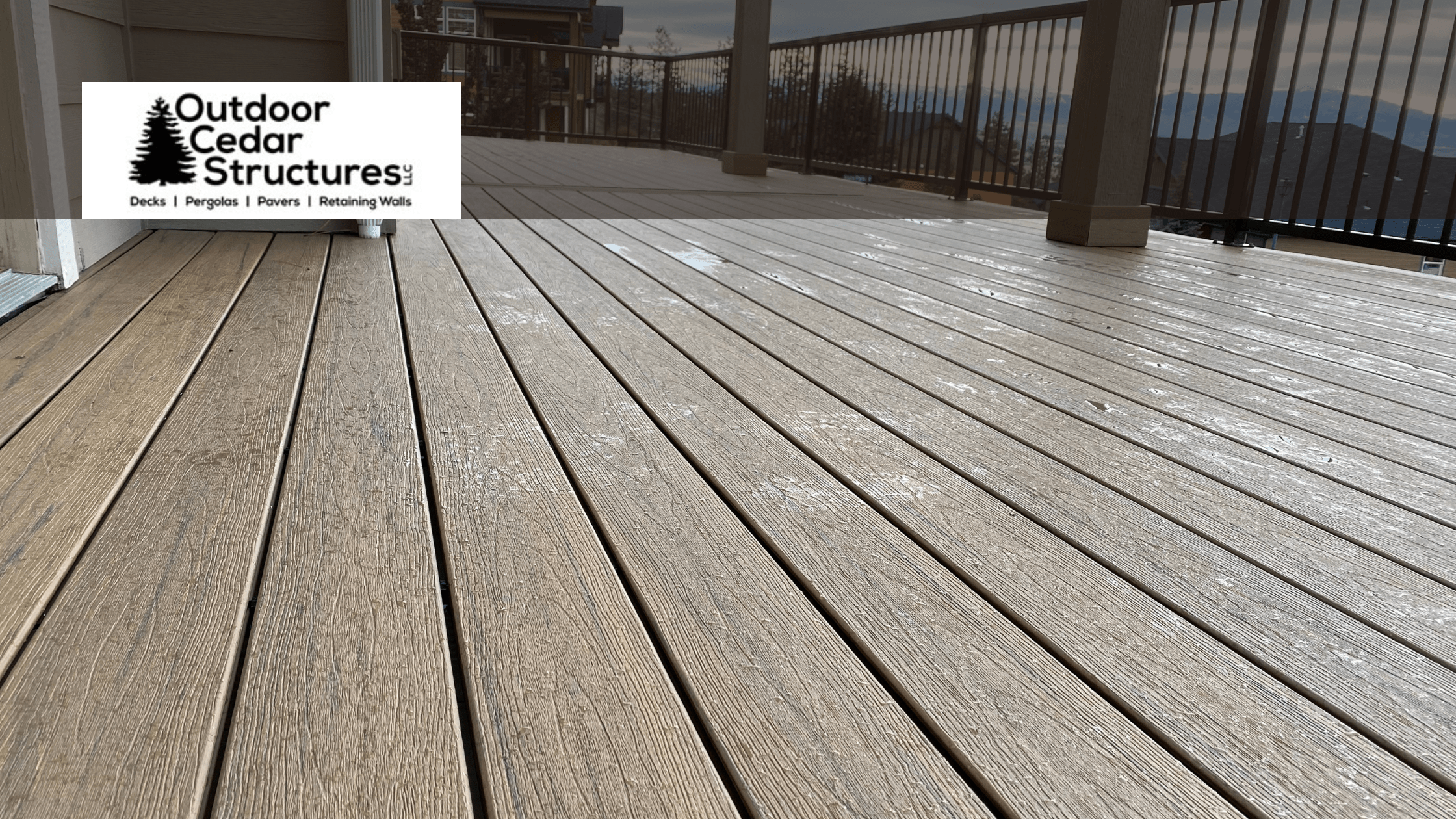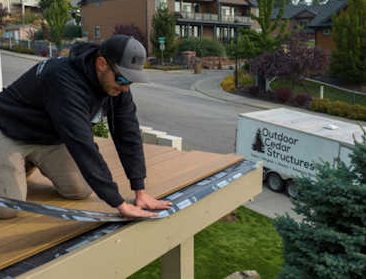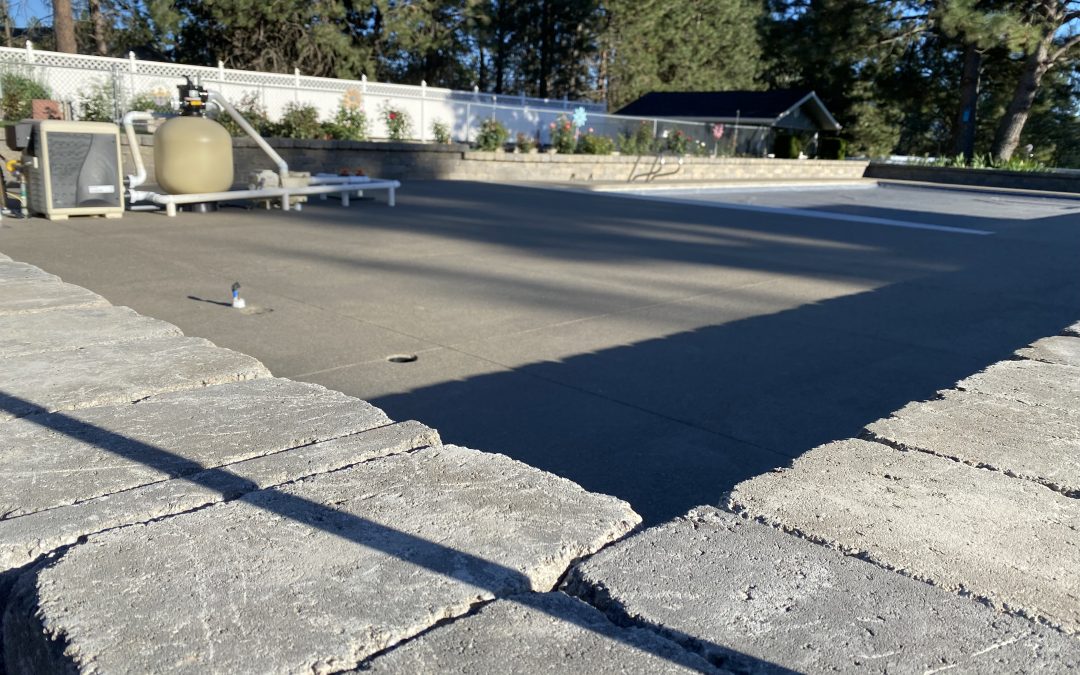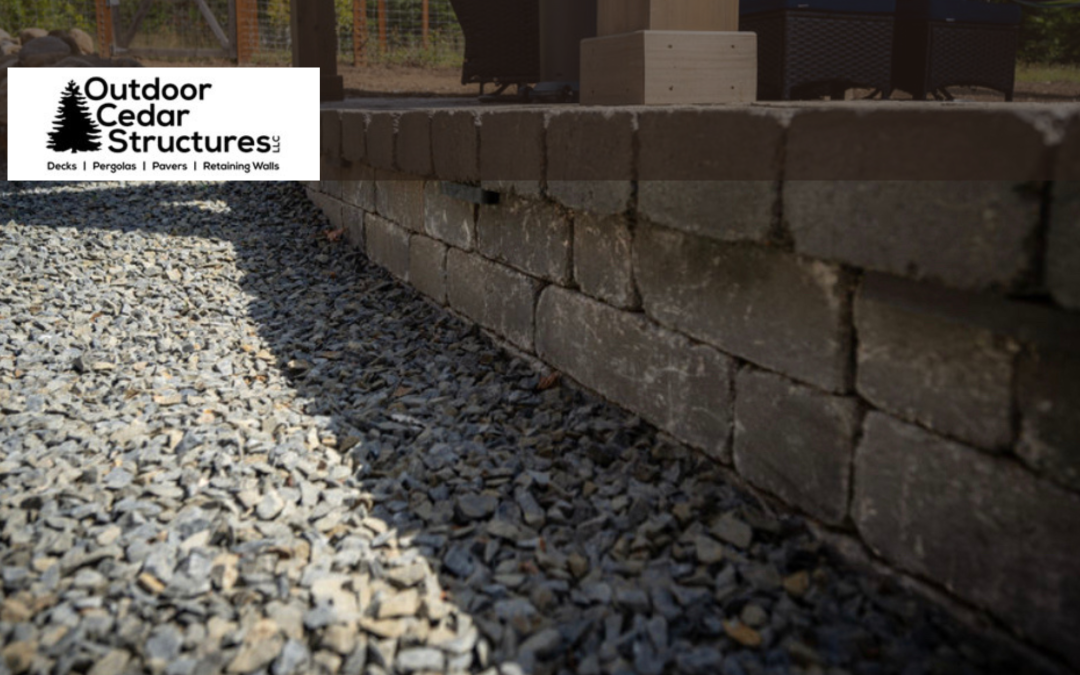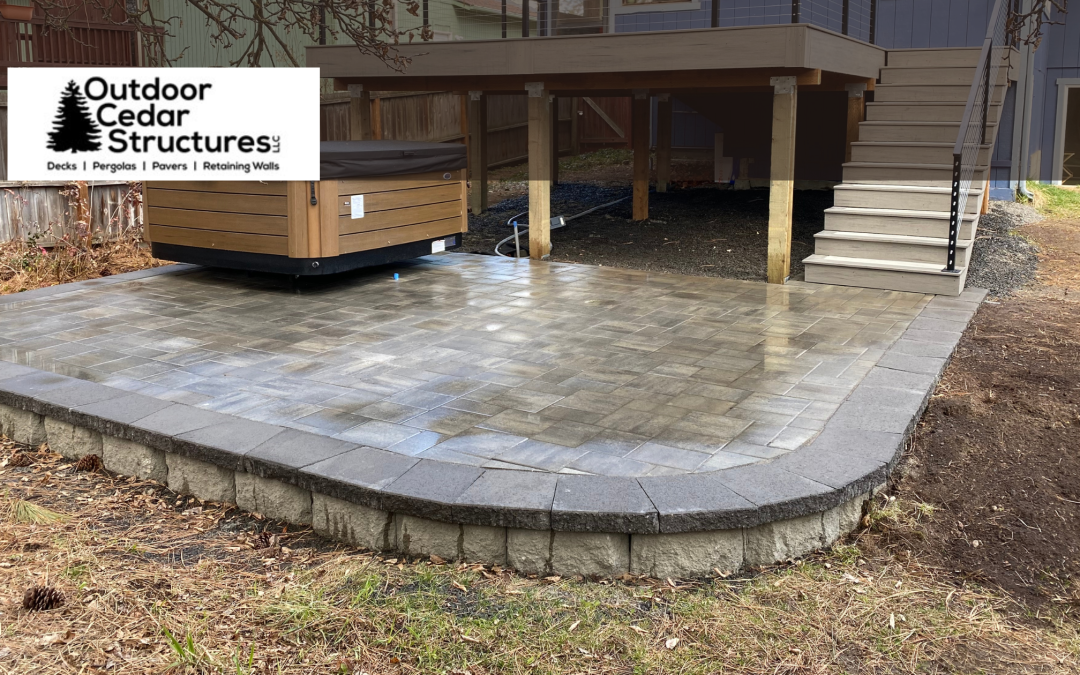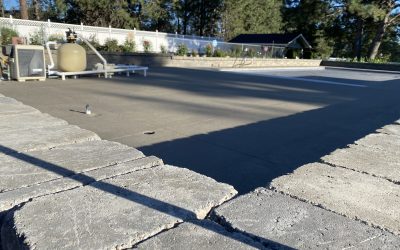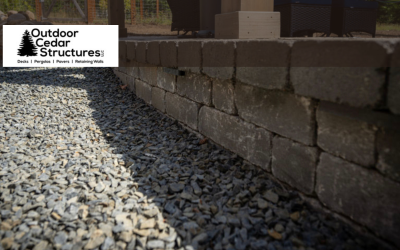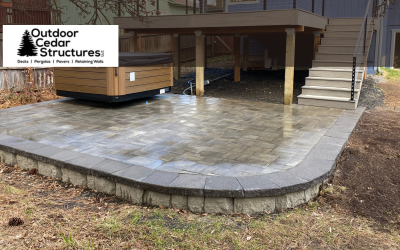Whether you’re planning to build a simple patio deck or a multi-level outdoor living space, selecting the right deck building material is crucial for longevity and functionality. But with so many deck building material options—from traditional wood to innovative capped polymer (PVC) decking—the choice can quickly get overwhelming. How do you decide which is best for your project?
Remember that different types of decking material have unique maintenance needs, long-term costs, and overall investment value. The right choice depends on your specific needs, climate conditions, and how you plan to use your deck.
Not sure where to start?
Let’s talk about the different choices so you can select the best outdoor deck building material for your budget and requirements.
Best outdoor deck building materials
Hardwoods and premium softwoods
Traditional wood decking materials are called ‘classics’ for a reason. They offer strength and a natural aesthetic.
But not all of them are created equal. The type of wood you choose—from softwoods like cedar and redwood to hardwoods like Ipe, mahogany, and tigerwood—can greatly influence your deck’s longevity and maintenance needs.
- Hardwood decks – Hardwoods outperform softwoods in terms of durability. But even though they are tough, they are still vulnerable to moisture and weathering. Exotic hardwoods (despite their density) can also fade to silvery gray under UV exposure and require significant upkeep to maintain their aesthetics.
- Softwood decks – Softwoods have the least long-term value due to their lower protection level and higher repair costs. Wood decking typically requires processes like staining and sealing for surface-level protection, leading to high maintenance efforts.
Keep in mind that all kinds of traditional wood require regular stain and seal maintenance to prevent damage. Decks made of these materials have limited protection against weathering agents compared to composite decking.
Pressure-treated wood decks
Pressure-treated wood (usually pine) undergoes pressure treatment to enhance protection. This method is effective in combating initial decay and insect damage, but it doesn’t transform wood into an inorganic material. The result? It’s still prone to erosion and damage from bacteria or fungi.
Perhaps the biggest upside of pressure-treated wood is its lower price point. It’s accessible for those on a tighter budget. But that affordability comes at a cost. Pressure-treated wood tends to warp, crack, and rot over time, leading to higher maintenance costs. Decks made of this material end up requiring more upkeep and repairs later.
Composite decks
Composite wood is the most durable deck material today. made from a blend of recycled plastic and wood fibers, this low-maintenance option delivers high performance and style.
Are they expensive? Yes—but they save you money in the long run. While composite decks have similar upfront costs to traditional wood, upkeep is so much easier and cheaper, thereby lowering your maintenance costs over the life of the deck. And when you work with a good installer, you can get access to the least expensive composite decking materials available.
When it comes to composite decking, there are two choices: capped and uncapped.
Both capped and uncapped composite decking are made from a mix of non-organic materials and wood fibers. Capped composite has an added outer layer made of a strong polymer, which makes it more durable and gives it a longer-lasting, better appearance. Uncapped composite doesn’t have this protective layer.
Both types use recycled plastics and wood fibers, which generally makes them more resistant to damage from weather. But because uncapped composites don’t have the outer protective layer, moisture can get into the boards more easily.
When it comes to upkeep, uncapped composite needs more cleaning than capped composite. Since uncapped composites don’t have this protective outer layer, they’re more likely to get mold and mildew, which means they need to be cleaned more often to take care of the exposed wood parts.
PVC decks
PVC decking is made from polymers. Because they don’t have any wood content, these alternative decking materials are known to be durable and nearly maintenance-free.
Though more expensive upfront, PVC decks are cheaper to maintain. What’s more, because PVC decking features recycled materials, they are a sustainable choice.
Choosing deck materials: Wood or composite?
There is no one-size-fits-all answer. You must consider your lifestyle and maintenance preference when choosing decking materials.
Traditional wood is a good choice if you’re looking for natural beauty and don’t mind the maintenance involved. If initial costs are a concern, pressure-treated lumber is a budget-friendly option.
But if you want all-around value, TimberTech capped polymer (PVC) or capped composite decking are excellent for low-maintenance living. PVC decking is also ideal for decks near water-prone areas.
Start your project with the right decking building materials.
Investing in outdoor living means adding value to your home. For a balance of less maintenance and high performance, TimberTech’s capped polymer and capped composite decking materials offer lasting beauty and value.
Outdoor Cedar Structures is a certified TimberTech deck installer in Spokane and surrounding areas, ready to help you design and build your perfect deck!

